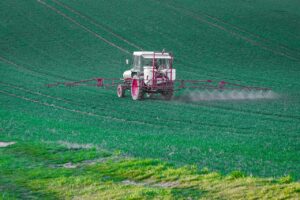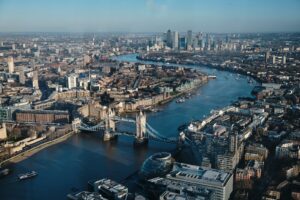The smoke from the Australian bushfires killed 12 times more people than the fires themselves, according to research published earlier this month in the Medical Journal of Australia.
Earlier this year, wildfires ravaged parts of Australia for several months.
Due to the fires, parts of Australia recorded the worst-ever air quality to date, with PM2.5 levels reaching nearly 400µg/m3 in parts of Sydney, this level of pollution is described by the World Health Organisation as hazardous, meaning that everyone may experience serious health effects.
Researchers from the University of Tasmania have used standard methods to estimate the excess health burden during the 19 weeks of continuous fire activity in the states most severely affected by smoke
The researchers estimated the exposure to particulate matter (PM2.5) in New South Wales, Queensland and Victoria, between 1 October 2019 and 10 February 2020 and then compared this to published population and health data that could be attributed to bushfire smoke exposure ..from the Australian Bureau of Statistics
The wildfires directly killed 33 people, but the researchers have found that the smoke had a much greater effect.
They estimated that the bushfire smoke was responsible for 417 excess deaths, 1124 hospitalisations for cardiovascular problems and 2027 hospitalisations for respiratory problems.
Air pollution researcher Fay Johnson from the University of Tasmania said: ‘In terms of the extent and duration of the fires, and pollution in the air, this is off the chart for a single summer fire season.
‘These deaths and hospitalisations would not have been recognized as being attributable to the fires and smoke at the time they occurred. Hence, they tend to have less attention paid to them.
‘Smoke is just one of many problems that will intensify with the increasing frequency and severity of major bushfires associated with climate change.
‘Expanded and diversified approaches to bushfire mitigation and adaptation to living in an increasingly hot and fireâ€prone country are urgently needed.’
In related news, earlier this year (January 6), Air Quality News investigated the impact that forest fires have on air pollution.

















Leave a Reply